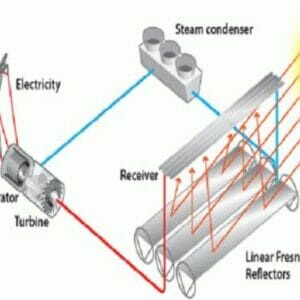Subtotal: $100.00
E – 1998 What every energy engineer needs to know about Liquefied Natural Gas Safety
$125.00
Courses Included
This is the second in a series of progressively more in-depth courses on Liquefied Natural Gas. Although this learning focuses on LNG facilities, many of the concepts presented also apply to any petrochemical plant.
This course introduces the learner to the safety topics related to the production, storage, transportation, and vaporization of Liquefied Natural Gas (LNG). In-depth books can be written on LNG safety; this course is not all-inclusive. This course should be considered a high-level starting point introduction to select topics related to LNG safety.
LNG is widely used around the world. It is a very compact form of natural gas in liquid form. It is used on frigid days to supplement gas from the interstate pipelines and supply gas load centers like New York, Boston, and other major gas load areas.
Natural gas, the same as vaporized LNG, is the cleanest burning fossil fuel, as it contains the least amount of carbon of all the fossil fuels. Thus, many electric power plants now use natural gas or are converting from dirtier fossil fuels to natural gas or vaporized LNG.


 E - 1921 Introduction to Solar Energy Technologies
E - 1921 Introduction to Solar Energy Technologies 



